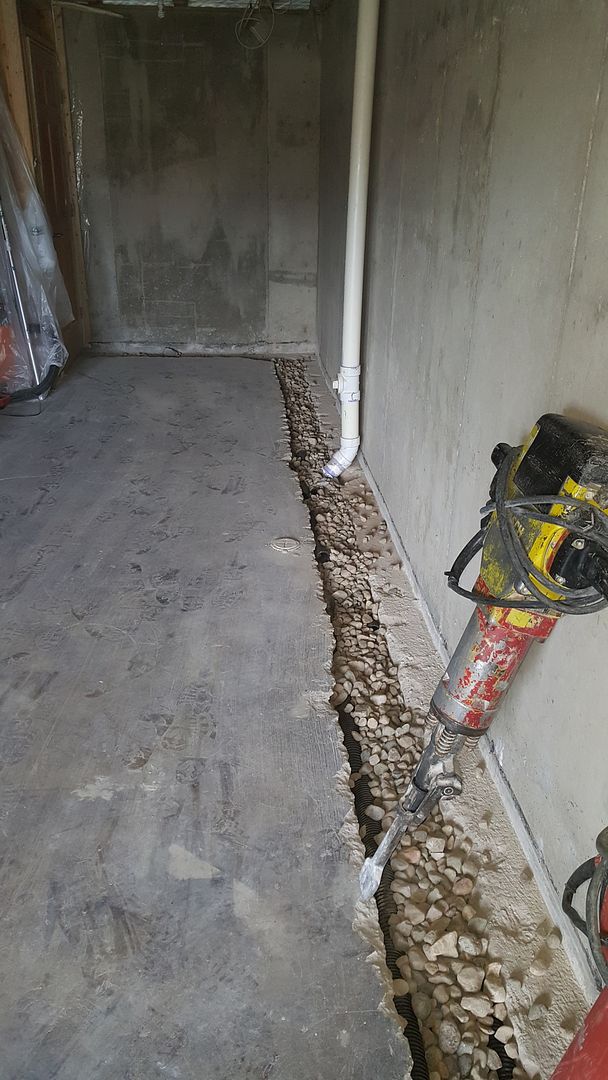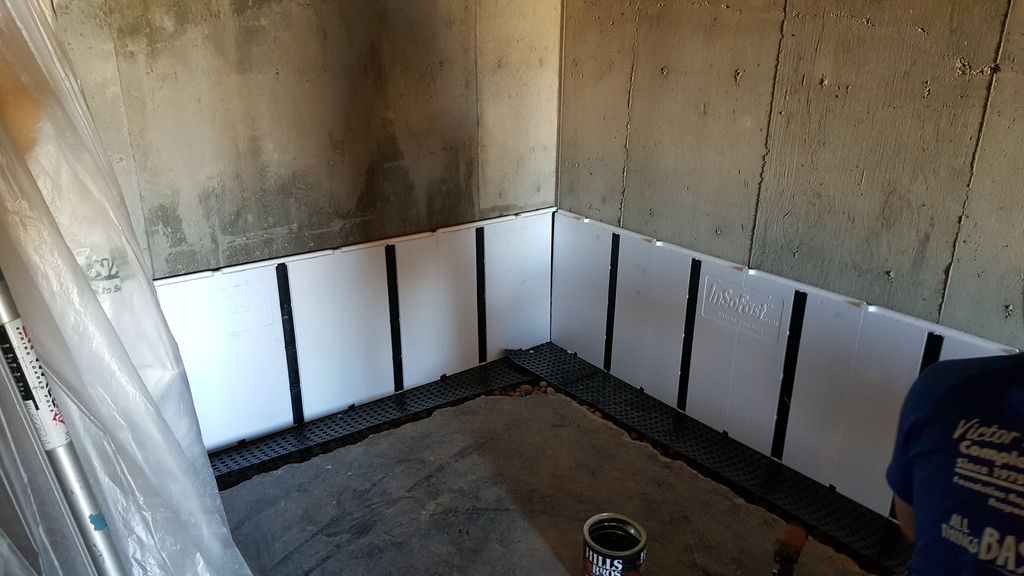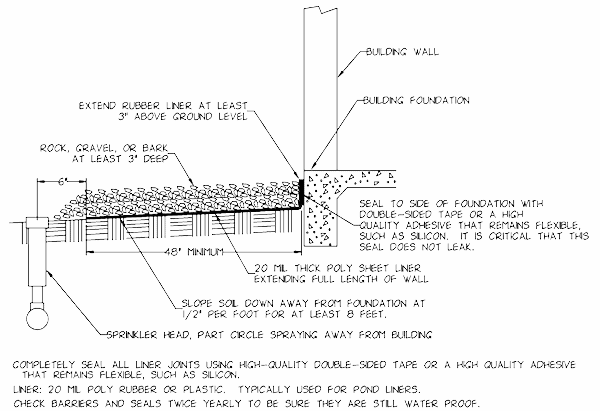Whelp, this spring's record rainfall in my area has left one of my basement walls seeping water. It's pretty bad. Part of it is the grade slopes right to the wall. I have downspout extensions but they weren't long enough; I redid those to get roof water out "over the hump" of the grade so that water can't get to the basement walls. The basement already has a french drain with sump pump along the uphill side wall (house is on a hill). I got an extension pipe for that as well. In order to regrade the yard, I'd have to rip the deck out...........it would be a mess and quite expensive, so I need the best possible concrete/masonry waterproofer. Drylok is the time tested name but Behr has better reviews on Home Depot. Does anyone have any experience with either? Also, what should I do about the joint between the slab and the wall? I was thinking use a premium silicone caulk? I've also read about people using rubber based coating on walls, something a local contractor would had to apply? Anyone know something like that?
Thanks!
Thanks!
Last edited:






